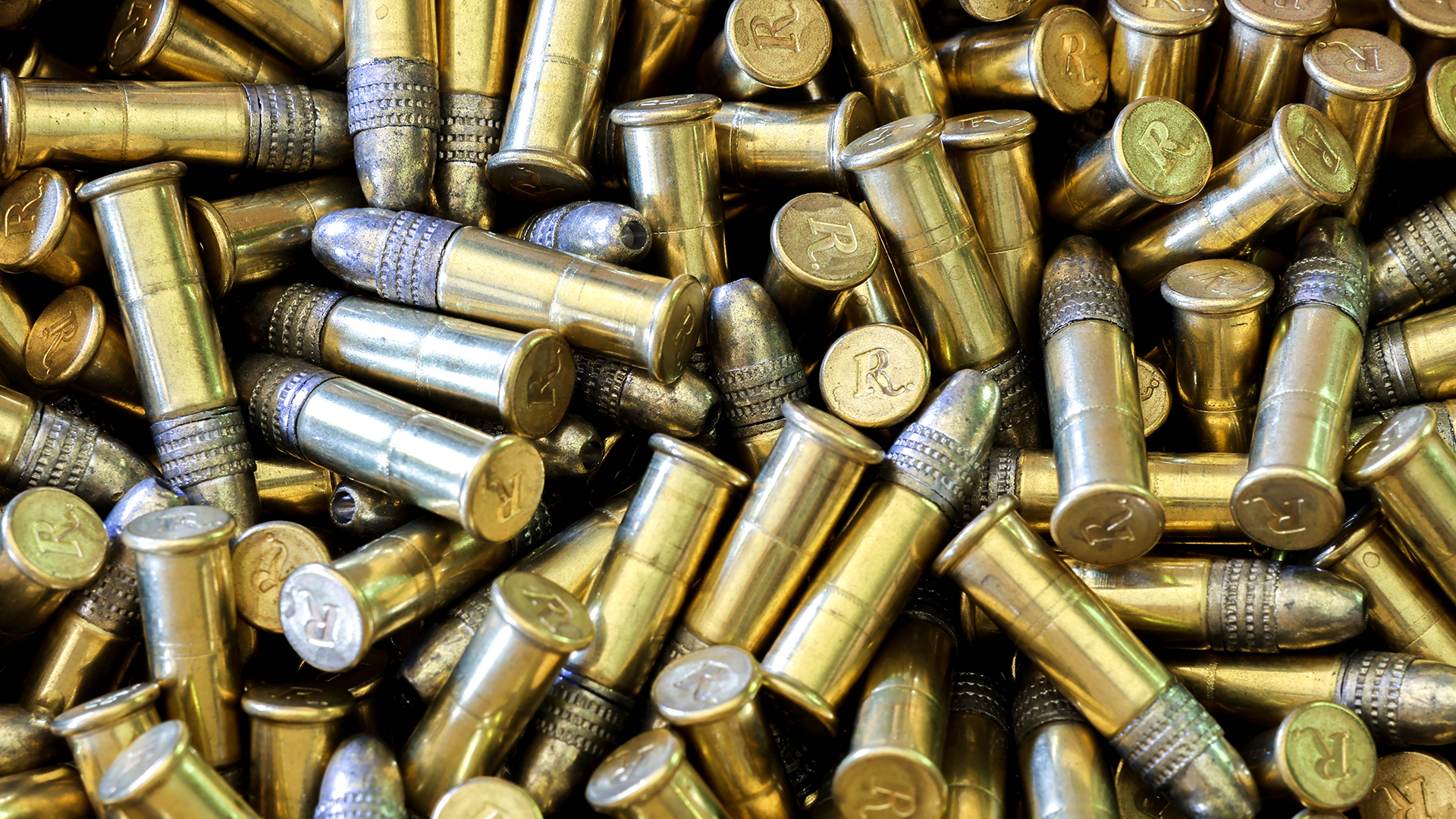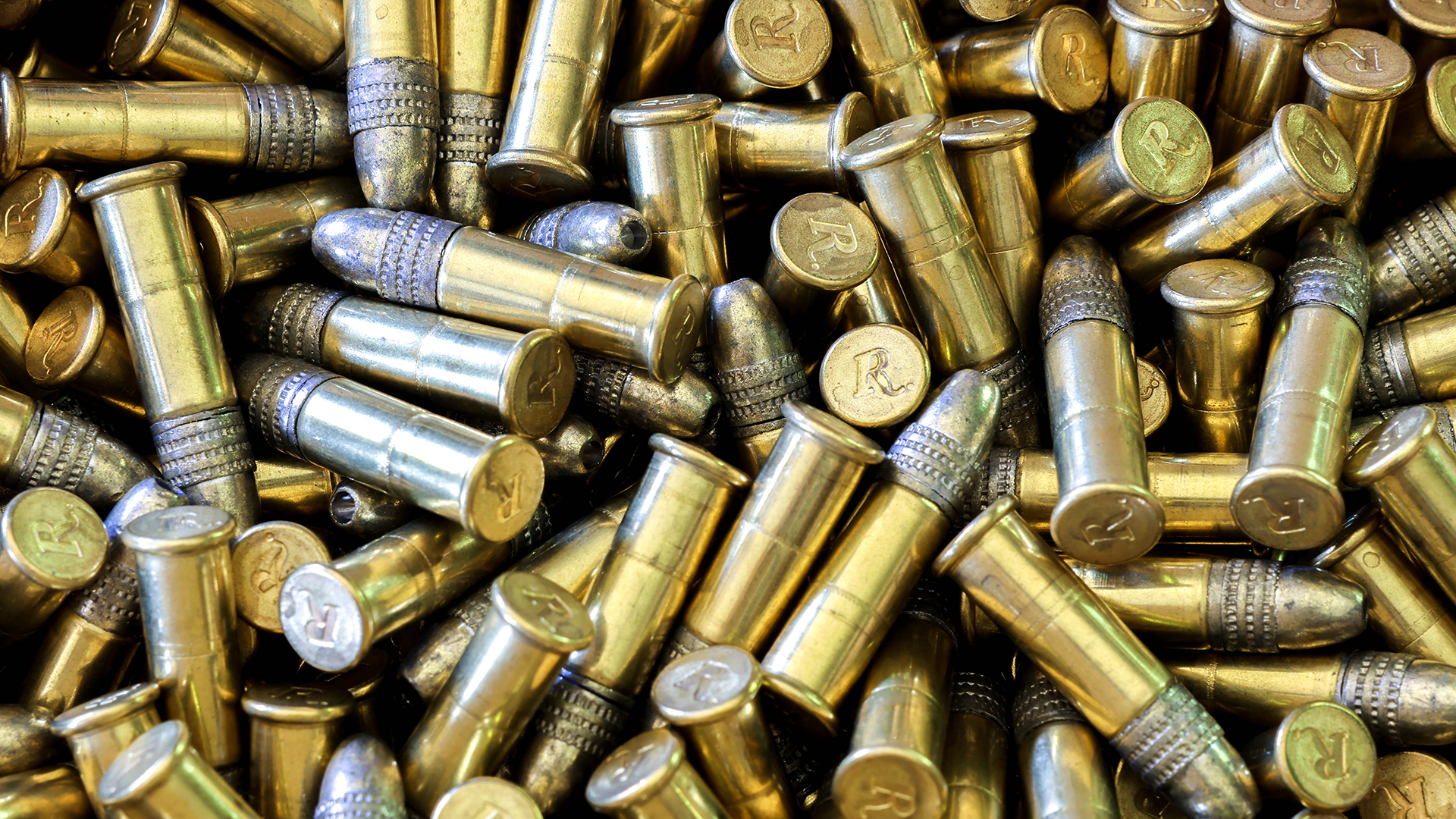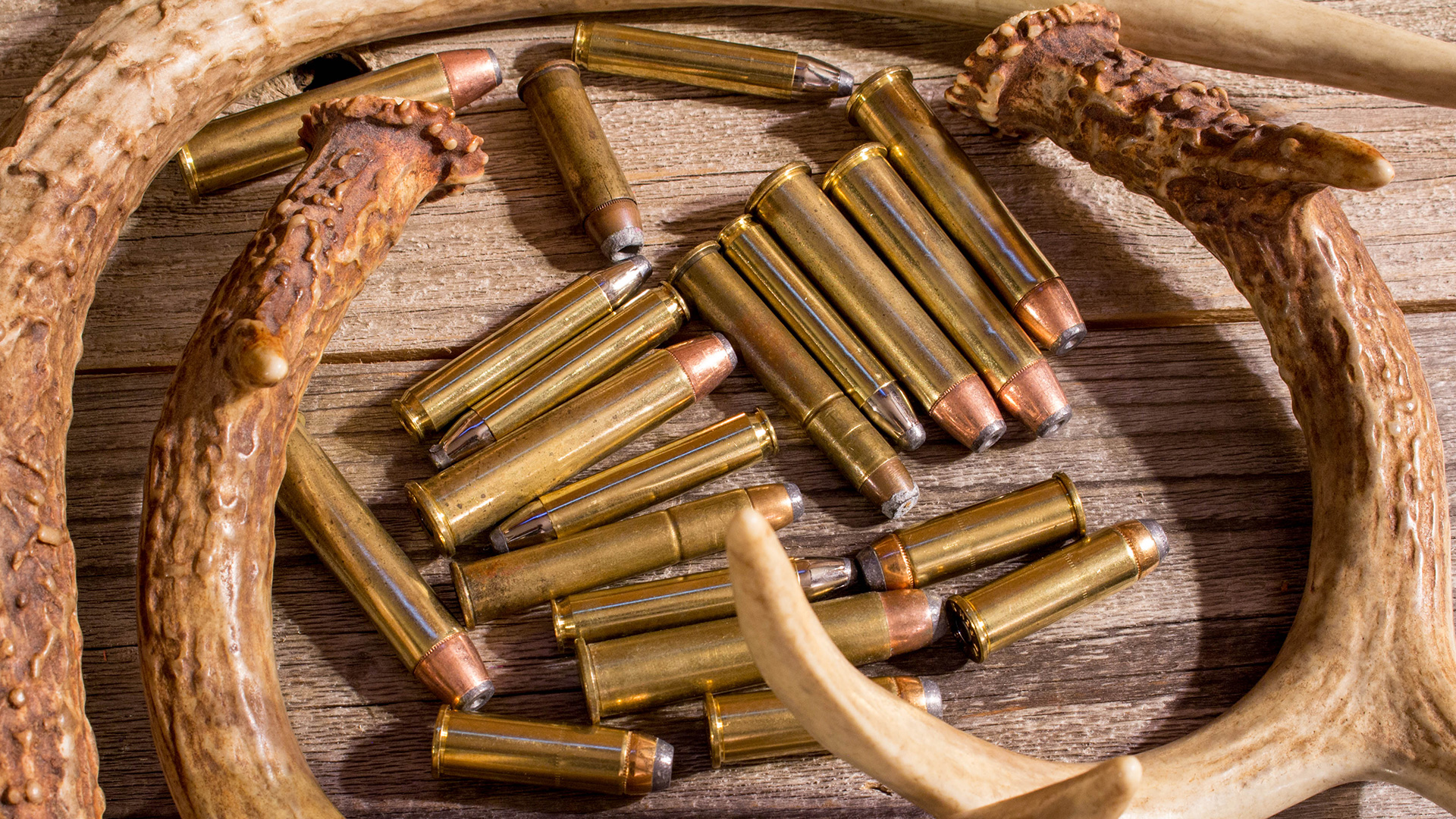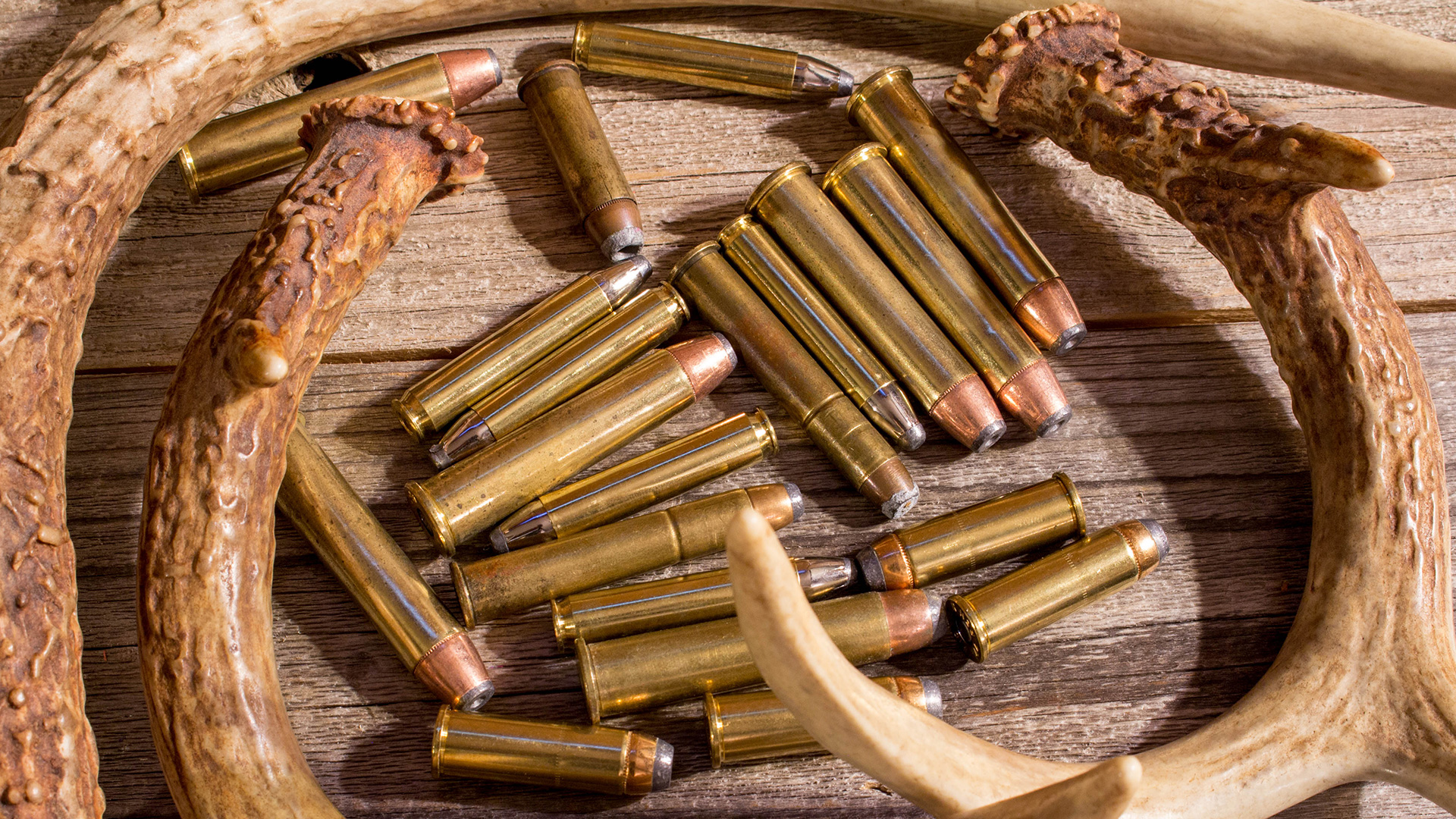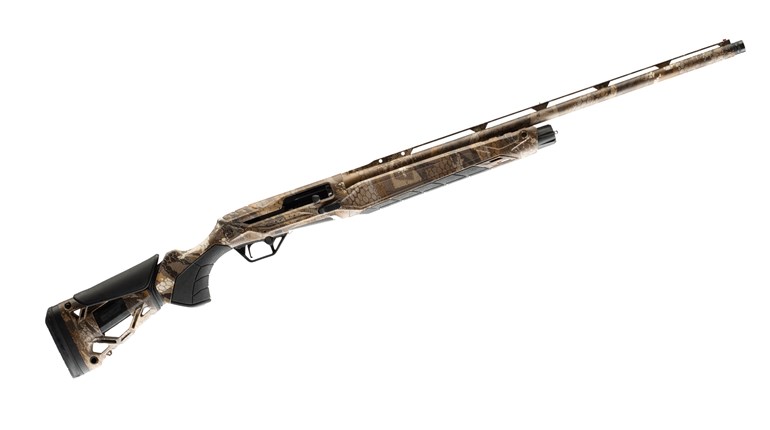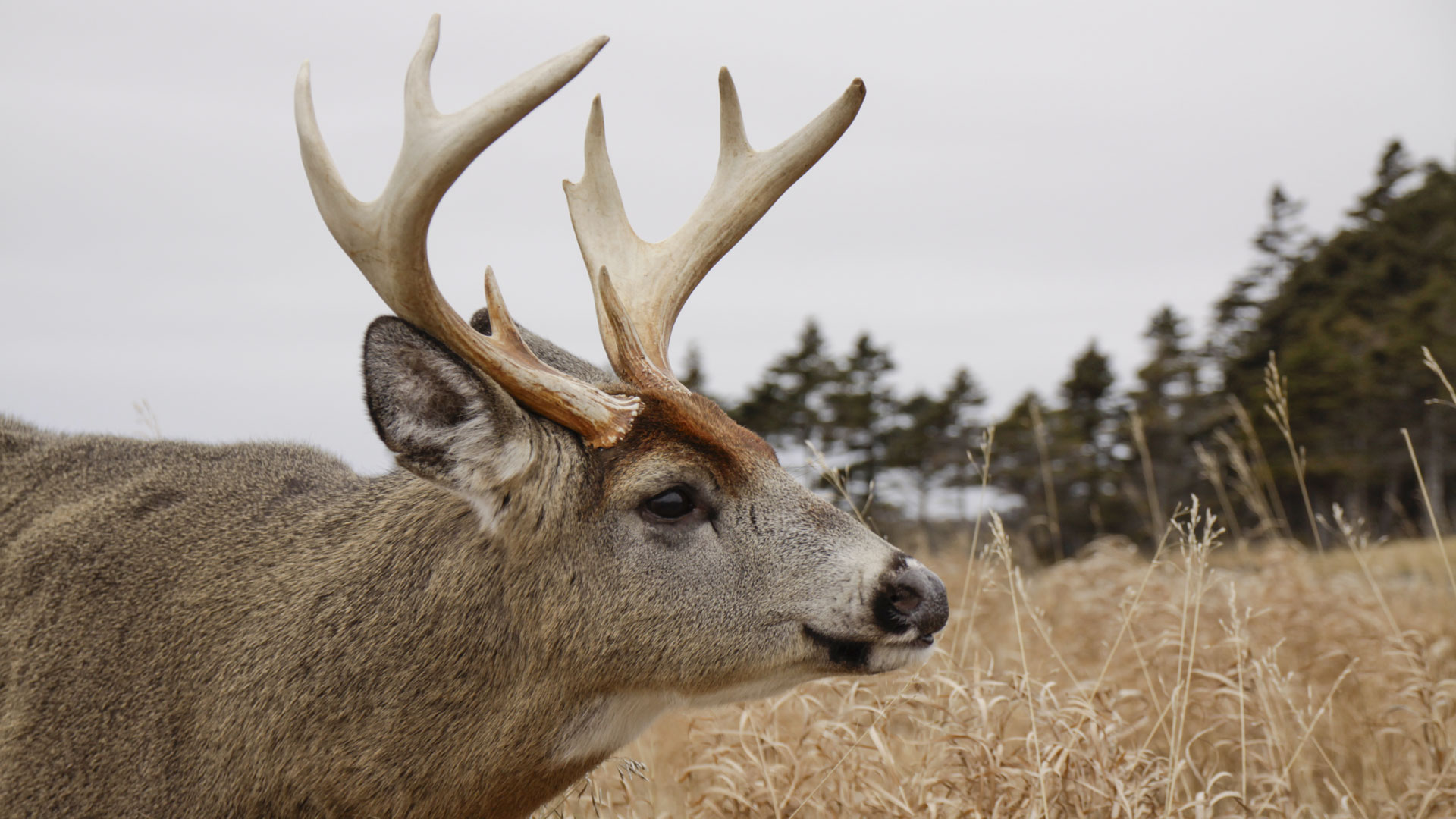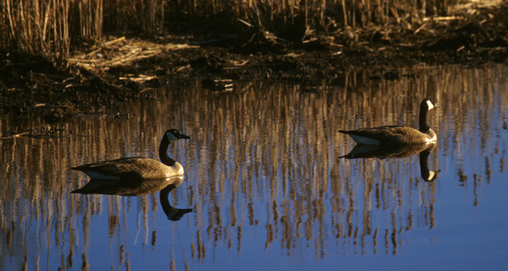
Doves have long been the traditional game many sportsmen open their fall hunting seasons with, but there are signs that may be a changing. With resident Canada goose populations running amok like winged whitetails through our nation’s fields, waterways and suburban fringes, and seasons opening right around the same early September dove opener in many states, more and more sportsmen are loading their shotguns for bigger birds. Best of all, unlike migratory seasons where hunters can be limited to just a few geese, many resident seasons boast once unimaginable bag limits of eight, 10 or even 15 geese.
And goose isn’t the only game in town for waterfowlers ready to get their autumn freak on. Early teal and wood duck seasons also roll in later in the month and on into October, providing shotgunners with some of the most challenging shooting to be had in the wild.
If you haven’t gotten in on the action yet, it’s not too late. Here’s what you need to know.
Critical Scouting
The most important thing any early season hunter needs to do is scout out locations where geese go to feed each day and, if at all possible, secure access to hunt as many of those spots as possible. Once guns start booming, geese will travel from location to location, but in the end, they develop their habits and are always comfortable returning to those fields and ponds where they have been week in and week out. While scouting, note how flocks enter areas, when they get there and what they do once they’re there. Figure that out and you don’t even have to be an accomplished caller to enjoy some spectacular shooting. Just hunt their habits to understand how to set up an easy ambush.
Routine Buster
Unlike migrating birds, resident geese follow a daily routine, so don’t waste your time attempting to call or decoy them to a spot they haven’t been hitting. As one hunter put it, “If they want to eat at McDonalds and you are sitting at Burger King, it’s going to be hard to interest them in a whopper. You are better off going over to McDonalds.” While it’s still good to keep in mind the conventional setup wisdom of how geese typically set down into the wind and descend into a hole within a spread of decoys, Connecticut hunter Matt Wettish says if that knowledge runs counter to the birds’ daily habits, give more credence to the flock’s habits. I hunted with Matt at one of his favorite locations several years ago and, no matter how the wind blew or what the weather was doing, geese entered the long, narrow field we were hunting from the same direction every time.
Less Is More
No need to arrive on site two hours before sunrise to set up a massive spread of 100 or 200 decoys. In early season, bands of resident geese tend to hang in smaller flocks. As such, your spread should reflect this reality. One or two dozen decoys are often all you need to provide real birds with the comfort they seek when preparing to land. In that same vein, no need to overcall at this time of year either. Some guys who love to call will hammer them, but if you’ve scouted a spot out and geese are comfortable there, they’ll come in regardless. This can be a relief to unaccomplished or new callers. On one hunt some years ago, I’m convinced the guys I was with called just to feel like they were bringing the geese in, though I am certain that if we had never made a peep, we would have had just as many shooting opportunities. We were set up in the bird’s living room for crying out loud!
Don’t Be Greedy
As I’ve heard conservation-minded hunters say many times, “leave some seed for the future.” With resident geese, this is important if you want to continue hunting a spot. Because flocks are smaller, bag limits are higher and geese at this time of year are such creatures of habit, it doesn’t take long to shoot a spot out. Assess how many geese are coming to a spot, hit enough to satisfy a day’s shoot and give the spot some rest. The survivors will likely return and maybe even entice new birds to the area, providing for abundant shooting at a later date. This is, of course, unless the landowner has given explicit instructions to eliminate as many of the birds as you can. Then, keeping within the law, you’d better keep him or her happy.
Don’t Forget the Ducks
Geese may offer the most abundant opportunities while the weather is still mild, but teal, both blue- and green-winged (mostly blue), as well as wood ducks offer the enterprising waterfowler a solid fix until the later migratory seasons roll in.
Teal are typically early migrators, but just as when hunting resident geese, you have to scout out a location the birds are rolling into or you will be wasting your time. For teal, focus on larger expanses of water, such as lakes, impoundment or larger mill ponds, with adequate food. Flooded fields can provide dynamite teal hunting. Meanwhile, wood ducks tend to haunt deep woods creeks and swamps. For a chance to gun both at the same time where the early seasons allow, open water surrounded by woods or again, mill ponds, can provide shooting opportunities at both species.
While mallard decoys owned by most serious waterfowlers can work fine for teal, use teal decoys for best results. And like with early season geese, don’t sweat a big spread. A dozen dekes should do just fine. For woodies, go with wood duck decoy, as these birds rarely mix with other ducks on the water. Both teal and wood ducks tend to fly early—particularly wood ducks—and good shooting is often over within the hour.
Occasionally, the teal hunter will find flocks cranking up later in the morning, but always start early, expecting action right at first shooting light. For that reason, don’t be late getting set up and make your shots count. Be ready to mobilize in case you see birds flying a different pattern than where you are located and don’t waste time making a move.
When hunting wood ducks, flights will often die out even earlier, but ducks will stay nearby, particularly if acorns are bobbing in the water, and a pair of hunters can work in tandem for great jump shooting throughout the morning.




